How to romance a viking. Posted by hulda on Feb 11, 2015 in Icelandic culture, Icelandic customs, Icelandic history
You know what day is just around the corner, so let’s get prepared with some relevant vocabulary!
The important days
Valentínusardagur = Valentine’s Day. The tradition caught on in Iceland perhaps a little earlier than the rest of the Nordics, but since the country was occupied by the USA since the WW2 it may not be too surprising. People do take note of the day and couples sometimes plan something romantic for it, but other than that it does not seem to be such a big deal. Maybe it’s because Iceland already has other, more Icelandic days that have a romantic tone to them, one for men and one for women. These would be:
Bóndadagur = Farmer’s/Master’s Day, which dates back to the 1600’s and is still celebrated to this day as a day when women treat their husbands and boyfriends to something extra nice. It’s usually on the first day of the month Þorri. There were also other traditions tied to this day, such as the master of the house going outside in the morning wearing nothing but a shirt, putting one leg in trousers but letting the other drag on the ground and so hopping around his house on one foot.
Konudagur = Woman’s Day, dates back to at least the 1800’s, likewise still celebrated every year. This was a day when it was the wife’s turn to be celebrated, and it takes place on the first Sunday of the month Góa. You can read about Þorri, Góa and the rest of the old Nordic calendar here.
Darling (when describing the darling to a third person)
Icelandic is a funny language in that there are words for the SO that would never be used at them, only when talking about them to someone else.
Eiginmaður/eiginkona = Husband/wife. Often shortened to maður and kona, and in these short forms even couples that are only dating may sometimes use them.
Kærasti, -nn = Darling, loved one, male form. Is usually translated simply as boyfriend.
Kærasta, -n = Darling, loved one, female form. Typically translated as girlfriend. Both of these words hint that you’re dating but not yet married, although overlap happens a lot and I’ve heard people use these words about their spouses as well on occasion. You would not use either of them to address your SO, that’d sound a bit like “oh lover of mine”.
Ástvinur = Lit. transl. “love friend”, means darling/beloved.
Darling, when addressing them
Sæti/sæta = Sweetie, cutie. First one’s for the men, the second one’s for the women.
Elskan, elskan mín, also ástin/ástin mín = My love, my darling. Mín-ending adds some weight to the word, but it can also be used to berate someone and can even sound patronizing. If someone addresses me as Hulda mín only the tone of the voice will tell whether or not I’m actually in deep trouble…
By the way, despite the feminine pronoun at the end these can be used for men too. The words elskan and ástin are feminine, which is why they get the feminine pronoun, but the usage is not only limited to women.
Krútt/krúttið mitt = Sweetie/cutie. A rare gender neutral endearment that’s perfectly fine to use for whoever.
Dúlla/dúllan mín = Sweetie as a possible non-romantic option, girls often refer to their friends like this. You can add some extra oomph to any of these by using “æ” in front of an endearment by the way, thus “Æ, dúllan mín!” (= Oh, sweetie!) Elsku is another option: “Elsku dúllan mín!” (= My dear sweetie!)
All you need is love
Ást = love. However, I love you in Icelandic is Ég elska þig and here lies a danger: never use a noun as a verb, because if you try to say ég ást þig you’re actually saying “I (you) ate you”. It makes little sense but sounds a bit more cannibalistic than romantic. 😀
Pykja vænt um = To love someone, although it can be used for non-romantic love as well. Important: þykja demands a þágufall in front and um wants a þolfall after it, therefore Mér þykir vænt um þig. (= I love you.)
Að unna = To love. Archaic, rarely in use nowadays. Can mean parental, spousal and romantic love (for Icelanders of old these were three different things).
Að elska = To love, tends to mean a very deep kind of love, either romantic or parental.
Naturally there needs to be some relevant music too, so here’s a few of my all-time favourite Icelandic love songs.
Þrek og tár, performed by Erla Þorsteinsdóttir and Haukur Morthens. Lyrics are included in the description field. (link)
Vísur Vatnsenda-Rósu, performed by Björk. Possibly the most famous love-poem of Iceland. (link)
Stóðum tvö í túni, a Medieval love poem that deserves two versions: here performed by Sverrir Guðjónsson and here by Ryan Koons – with a langspíl (= an Icelandic zither).
Þú ert minn súkkulaðiís, by Svanhildur Jakobsdóttir. You’re my chocolate ice cream! 😀 (link)
Allt fyrir ástina by none other than Páll Óskar himself. (link)
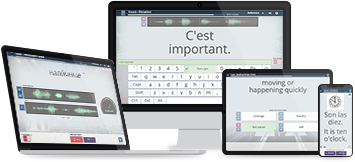
Build vocabulary, practice pronunciation, and more with Transparent Language Online. Available anytime, anywhere, on any device.
About the Author: hulda
Hi, I'm Hulda, originally Finnish but now living in the suburbs of Reykjavík. I'm here to help you in any way I can if you're considering learning Icelandic. Nice to meet you!



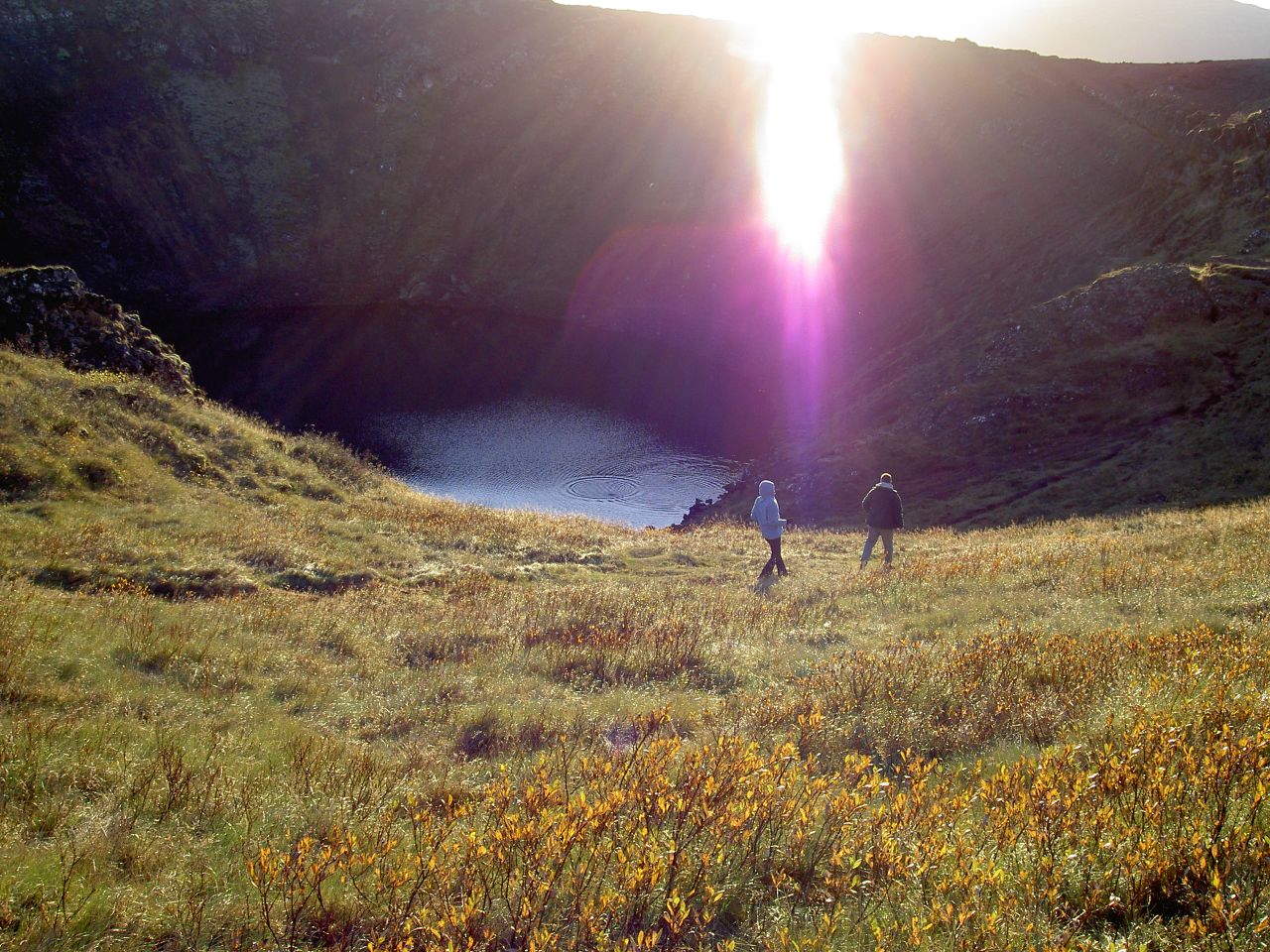
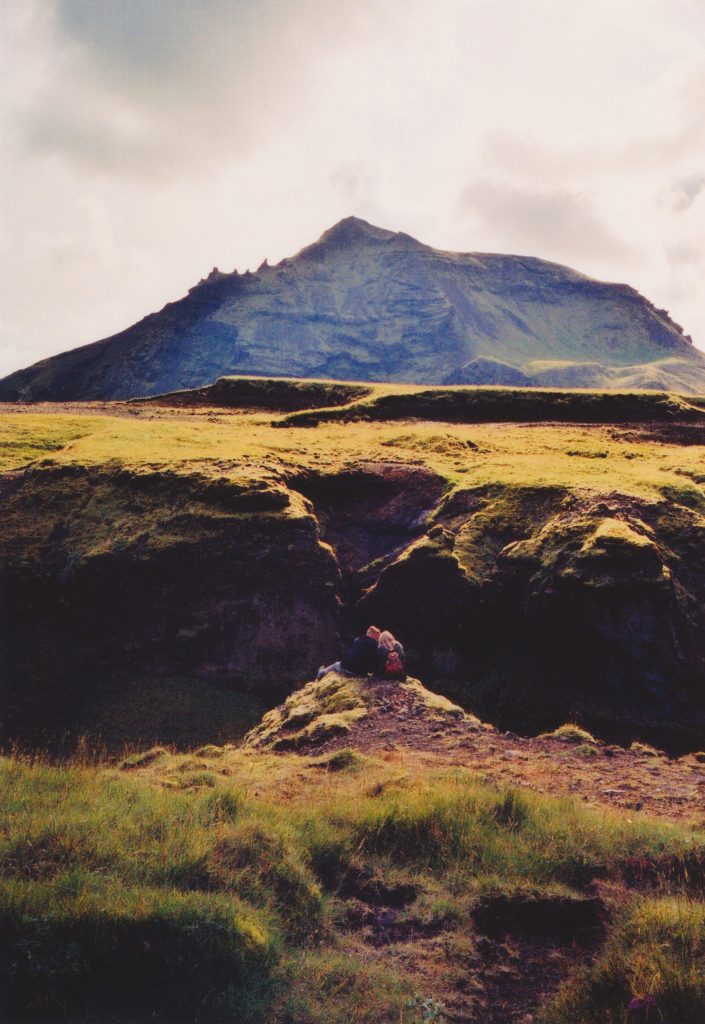
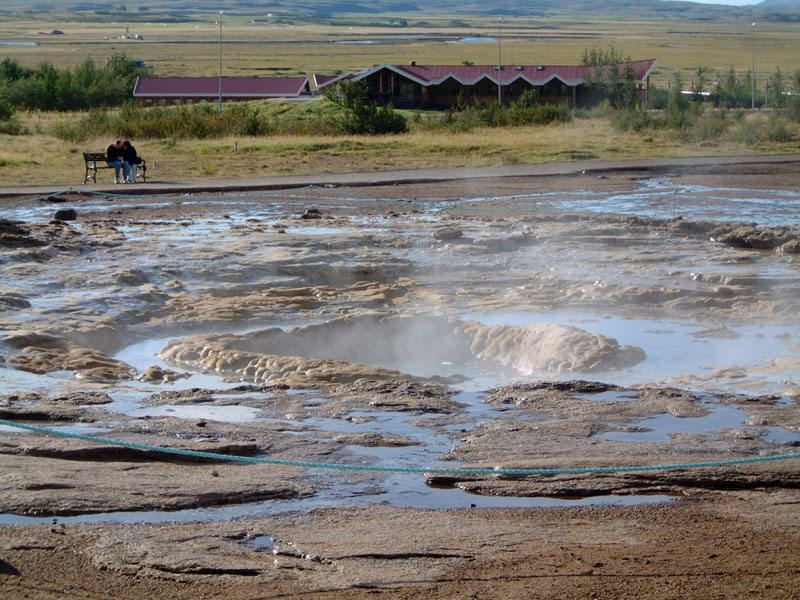
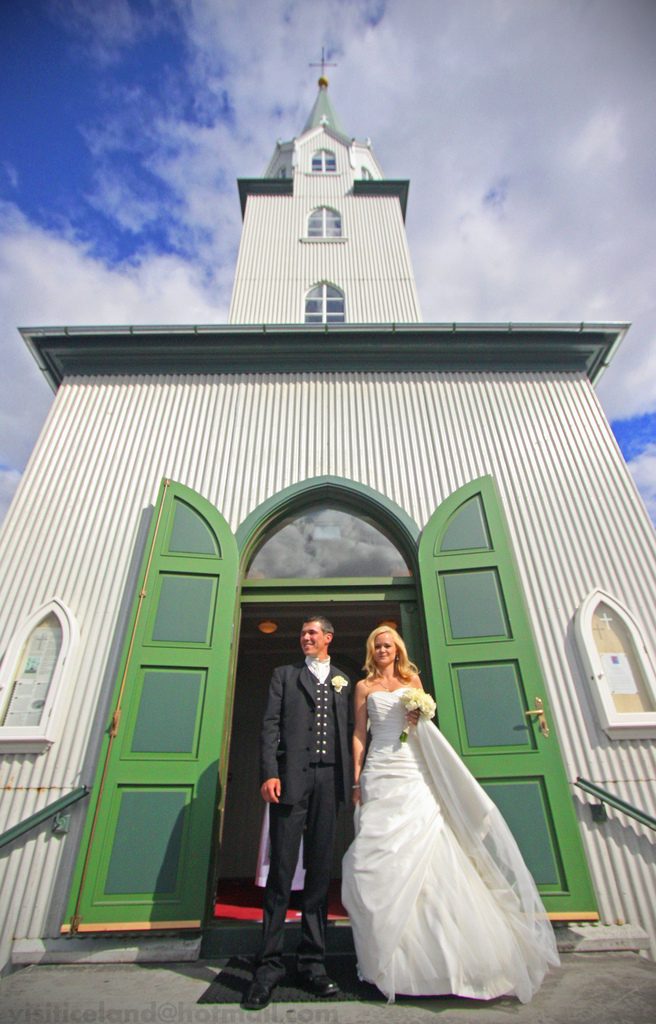


Comments:
Kristin:
I’m a Canadian of Icelandic descent,and I’m interested in learning to speak Icelandic.Thanks so much for this 🙂
Marcella:
Gaman . Gaman. Gaman. I lived in Akureyri for 2 yrs and I LOVE Iceland and Icelandic. I really enjoy your post. Takk fyrir ☺
Mark Maghie:
Þetta er góð grein en þú gleymdi laginu “Þú ert mér allt”!
james:
Hi I want to get a tattoo to remember my wife. I was thinking of I love you forever, or your always in my heart. I wanted it in old Norwegian but what I found out that Icelandic is close to that and haven’t found a old Norse language page. So is this true that it similar to old Norse and if you could give me the right spelling and saying of these two phrases please. Thank you for your help
Lorisa:
Can someone please tell me how to write the work Viking in Icelandic?